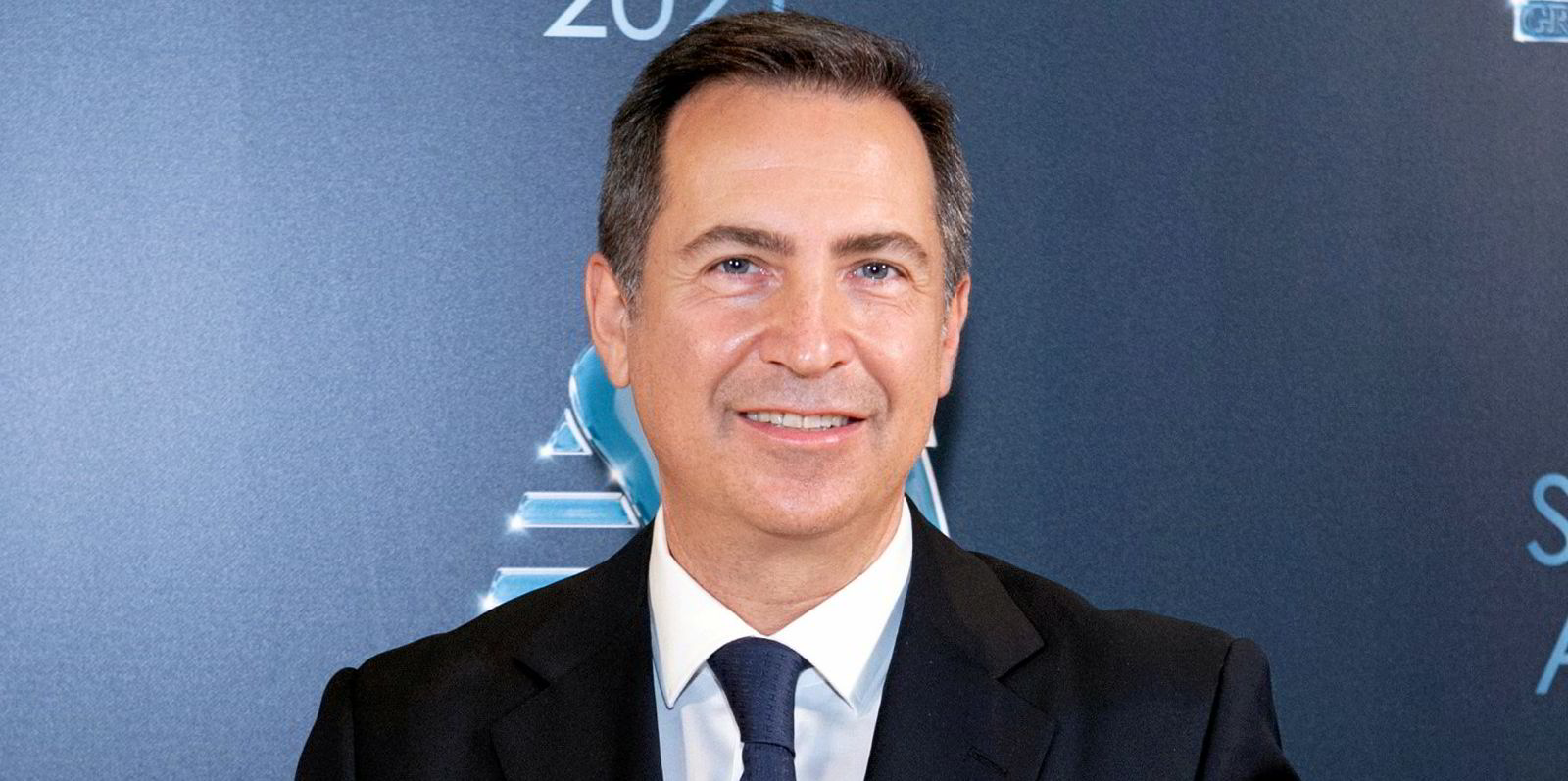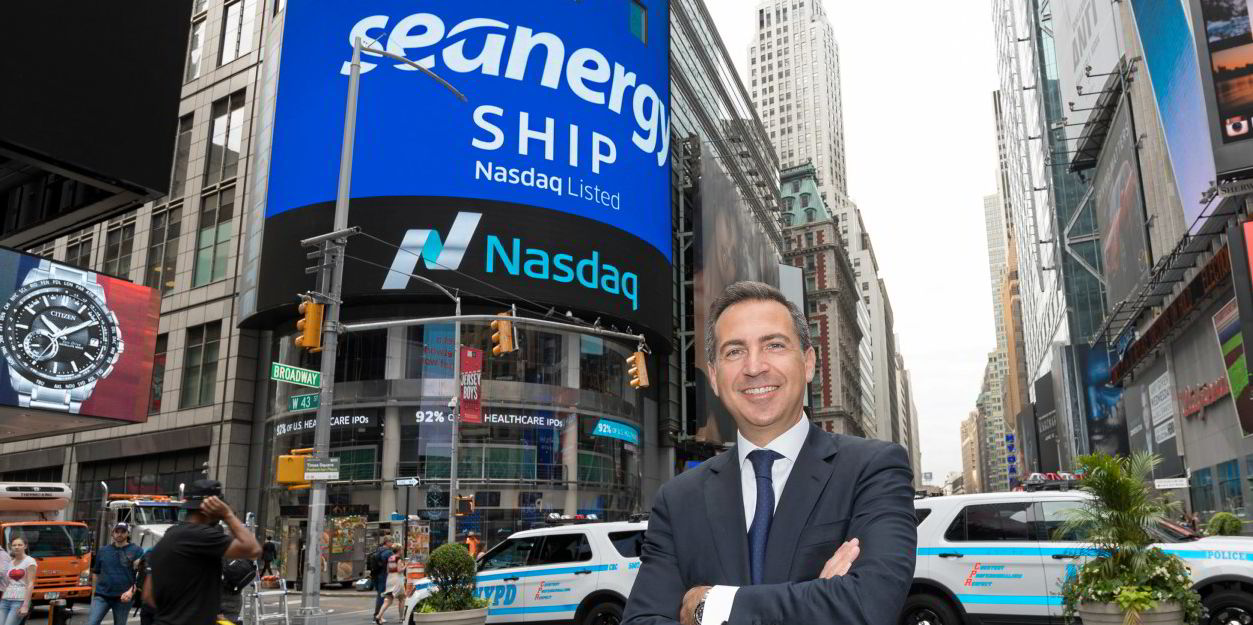There is great uncertainty surrounding future engine technologies and what the "ship of tomorrow" will look like.
However, we can focus on improving the efficiency of the existing fleet and extend its economic life until mainstream solutions become apparent. This will cater for a smooth and efficient transition to a "greener" shipping industry.
Seanergy has pioneered global decarbonisation efforts since 2016 and has implemented solutions that cut the carbon emissions of the existing fleet next to providing tangible benefit on the cost side.
This article is one of more than three dozen contributions from shipping industry stakeholders about their outlook for decarbonisation efforts in the year ahead. We asked shipowners, managers, financial professionals, technology providers and more about their own efforts to address greenhouse gas emissions in 2022 and what they hope to happen in the industry this year.
In 2022, we intend to continue to install energy-saving equipment on our ships that will undergo dry-docking. Combined with artificial intelligence performance monitoring and advanced routing systems, we expect these to improve the energy efficiency of our vessels by 12%.
In close cooperation with our charterers, we will also continue biofuel testing on some of our ships.
The implementation of the Energy Efficiency Design Index for existing ships and Carbon Intensity Indicator will also have a positive impact on carbon emissions as the global speed average will have to decrease.
We expect the effect of these regulations on the speed of the global fleet to be progressive in the subsequent years and increase the pace of scrapping of older and less-efficient vessels.
One of the most important issues that will need to be resolved in 2022 will be the alignment of interests among shipping companies, charterers, regional governments and the International Maritime Organization.
Instead of debating about cost allocation and taxation, we should focus on implementing proven solutions on the existing vessels with the support of all stakeholders of our industry. This will create a good head start until new technologies become available in the next several years.




